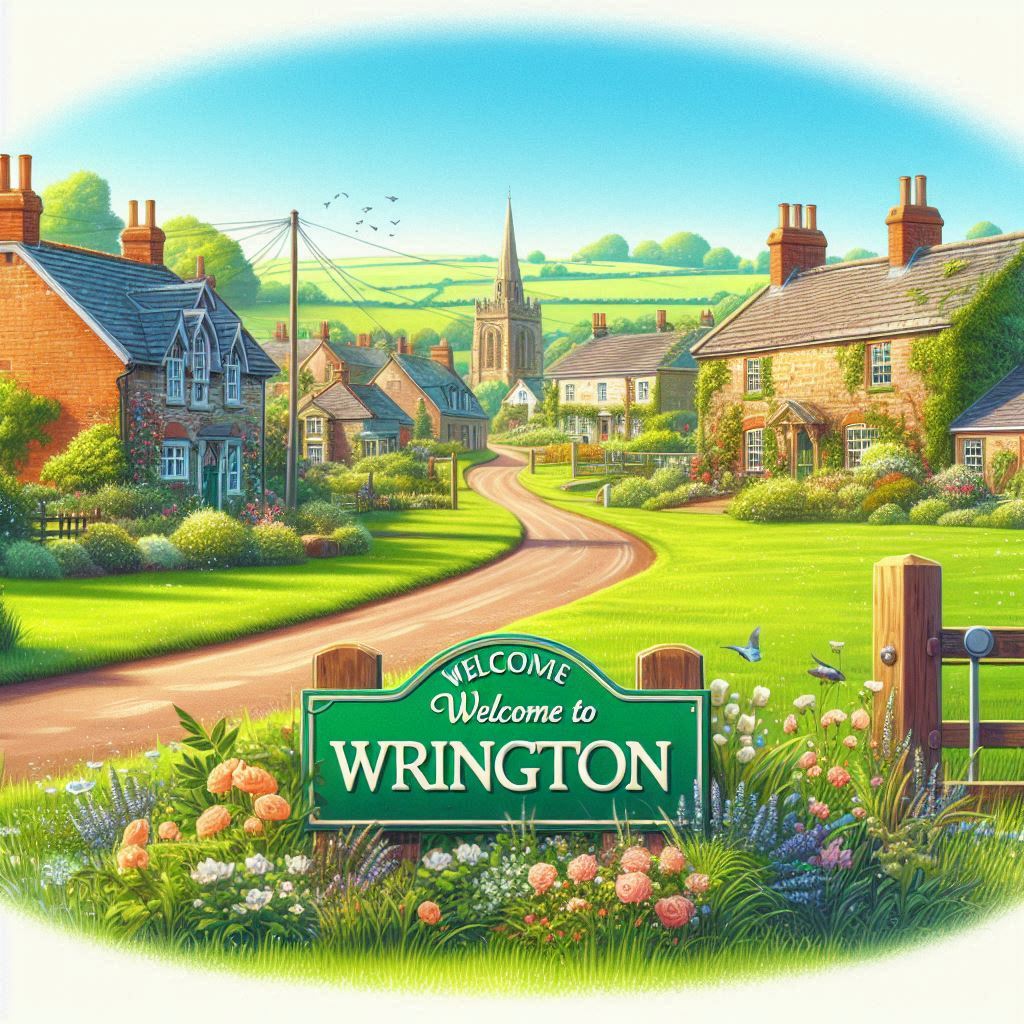
Before allowing further development in a Wrington it is essential to carefully assess several factors to ensure that the growth is sustainable, respectful of the community, and beneficial overall. Here are key considerations:
**1. Environmental Impact**
– Assess potential harm to local ecosystems, wildlife, and natural landscapes.
– Consider whether construction could lead to deforestation, soil erosion, or water pollution.
– Incorporate sustainable building practices and materials.
**2. Infrastructure and Utilities**
– Determine whether there are adequate facilities such as roads, water supply, electricity, waste management, and internet connectivity.
– Address any limitations that current systems might face when accommodating new residents.
**3. Community Input**
– Involve local residents in the planning process to ensure their voices are heard and concerns are addressed.
– Understand how development may impact the community culture, lifestyle, or cohesion.
**4. Agricultural Land and Resources**
– Avoid encroaching on productive farmland or areas critical to food production.
– Analyze how increased demand will affect resources like water or grazing land.
**5. Historical and Cultural Preservation**
– Respect and protect any historical buildings, sites, or cultural landmarks in the village. Wrington has a wealth of historical buildings and land marks, which must be preserved and protected.
**6. Economic Viability**
– Evaluate whether new developments will bring economic opportunities, such as jobs or support for local businesses.
– Ensure the housing is affordable and meets the needs of the local population.
**7. Population Growth and Demand**
– Analyze current housing demand and population growth trends to avoid overbuilding or creating unnecessary strain on the area.
– Consider the long-term effects of increased population density.
**8. Transport and Accessibility**
– Ensure that new developments are accessible and that road networks can support increased traffic. Every road into Wrington is no more than a narrow lane, with little scope for enhancement.
– Explore public transport options to reduce the environmental impact.
Currently, there is very little public transport available and the sort of development proposed inevitably will result in residents driving in to Bristol and other centres of employment.
**9. Flood and Disaster Risk**
– Conduct a detailed risk assessment for potential flooding, wildfires, or other natural disasters. Even after flood relief work carried out over recent years, flooding still occurs blocking access in and out of the village.
– Use risk data to guide where and how to build safely.
**10. Planning Regulations and Zoning Laws**
– Comply with local laws and zoning regulations governing land use.
– Obtain necessary permissions and adhere to safety standards.
**11. Community Services and Amenities**
– Account for the capacity of schools, healthcare facilities, and recreational areas to accommodate a growing population. Our school is already near or at capacity, Either a new school will have to be built or children will have to be transported elsewhere.
Who agrees with me